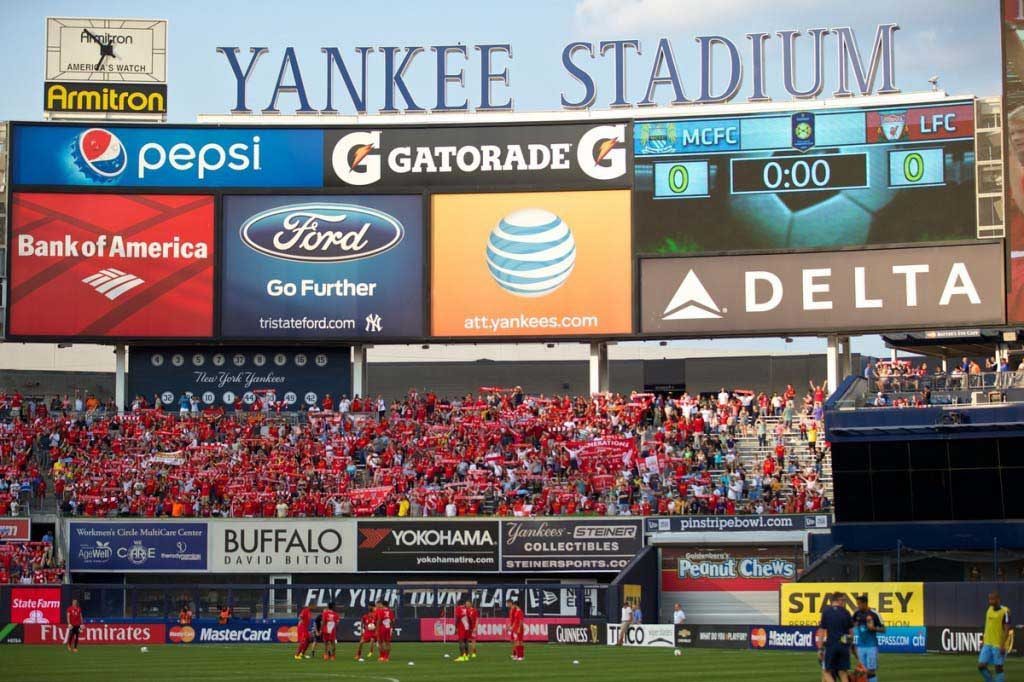
EVERY year, sometime around mid-July, it’s the same script, writes CRAIG RIMMER.
The withdrawal symptoms induced by having not watched the Red men do their thing for two full months reach the point where a pre-season kick about with Preston North End is greeted with the kind of anticipation usually reserved for a game that actually means something.
You’ll take anything at this point.
The pre-season illusion usually survives about 45 minutes of tepid football, played at a pedestrian pace before you remember why you don’t usually bother with friendlies, and take the decision to leave the football until August 17.
This summer had a slightly different feel. With the emotional investment attached to the final few months of last season, and having come so agonisingly close to claiming that coveted league title, the break initially came as something of a relief.
Yet, rejuvenated, and with the World Cup boxed off, focus immediately switched towards the new season, and the pre-season friendlies were the obvious distraction to fill the barren summer days.
How were the new signings going to fit in? How would Rodgers adapt tactically to the loss of Suarez? Which youngster would come to the fore and push for inclusion in the first-team squad?
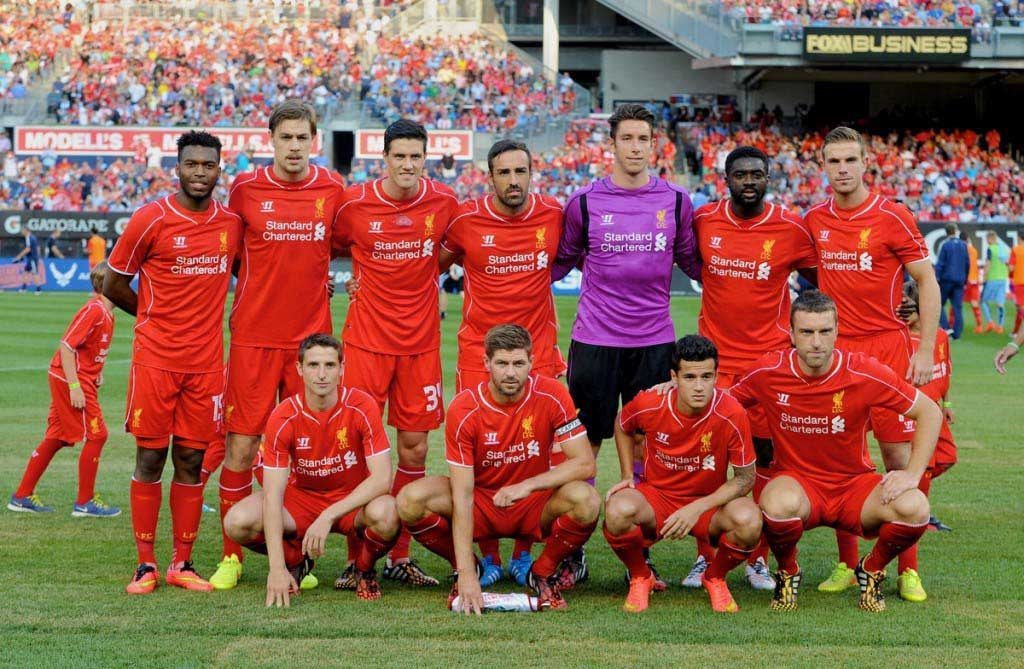
Such is the level of media coverage that it has become virtual impossible to ignore the results, and their possible significance, irrespective of whether you choose to watch the games or not.
In truth, as fans, we generally learn nothing from pre-season games. It’s an opportunity for the manager to experiment in terms of formations and personnel, but you only need recall some of the regular stars of pre-seasons past and present – Brad Jones, Dani Pacheco, Alberto Aquilani and, the pre-season legend himself, Andriy Voronin – to understand that performances in pre-season don’t necessarily translate once the real business gets underway.
Of course, pre-season does serve an important purpose in that the games form a vital part of the squad’s preparations and conditioning for the season ahead, while also giving some of the youngsters and fringe players a chance to impress.
But nowadays pre-season is viewed by Liverpool, like all of the top clubs, as much for its commercial potential as an opportunity to gain fitness and fine-tune preparations for the new season. The commercial baggage is an inevitability, and a necessity, of the modern game. Everybody else is doing it so Liverpool obviously have to follow suit.
The modern pre-season is usually built around a money-spinning tour to Asia or the US, generally followed by the showpiece Anfield curtain raiser. The Austrian training camp seems to be a concept confined to the past. It’s also disappointing that the club tends to find less space in the schedule for fixtures against local lower-league sides – Preston aside – matches which can provide a cash boost for the smaller club.
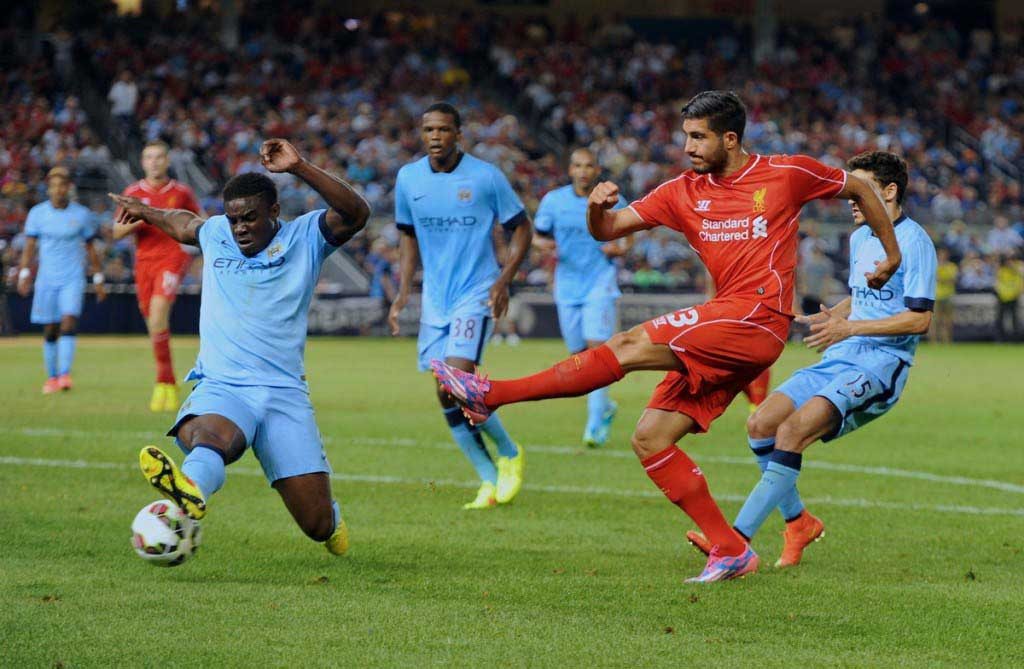
Pre-season is a balance between commercial gain and physical preparation, and generally it is the former that wins out. As an example, the first time Rodgers will be able to train with his full squad at Melwood this summer will be the first week of August – less than a fortnight before the start of the new league season.
Pre-season is one of the few periods during the packed football calendar when the club has the chance to nurture their commercial profile and visit those far-flung LFC outposts. It’s of little surprise, then, that the executives maximise the commercial side of pre-season.
Due to the lack of a competitive element and the endless substitutions, the preparation matches themselves tend to come up short as a spectacle. Yet, nowadays BT Sport, Sky and the rest are queuing up for the rights to screen Liverpool’s friendly matches. And we’ve become accustomed to the sight of thousands of die-hard fans following the team’s every move throughout the now annual tours to far flung corners of the globe.
Last summer’s tour of Asia and Australia woke many of us up to the pure scale and commitment of the support Liverpool enjoys in that part of the world. And this summer’s excursion to the US has again been characterised by the sight of thousands of fans donning red shirts and following the teams every move.
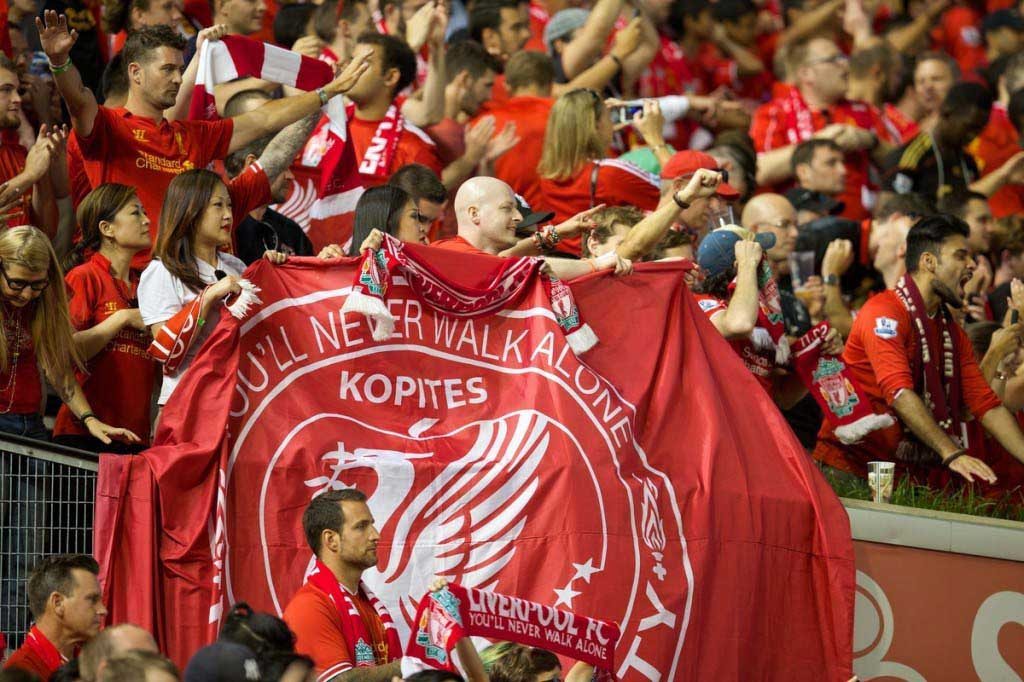
It’s debatable if, and when, the pre-season friendly bubble will eventually burst. Will fans in other parts of the world be content to continue watching the team play largely meaningless and occasionally dull friendly matches every couple of years? Or will they tire of the lack of competition and demand more?
Pre-season tournaments involving some of the big guns of European football – such as the Guinness International Champions Cup in the US, which Liverpool are playing in this summer – could offer something of a halfway house between the meaningless friendly and the genuinely meaningful, competitive fixture.
But they still come up short when compared to the product these fans are staying up late, or waking up early, to watch on the TV every weekend during the season.
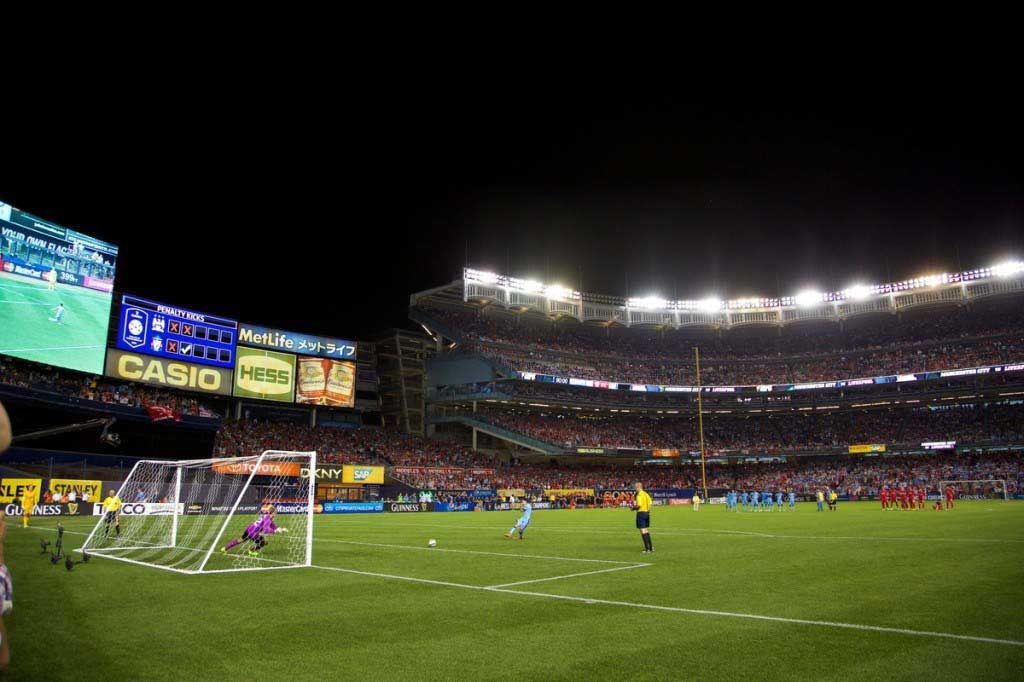
These matches do allow the Reds to test themselves against the best Europe has to offer, albeit in a watered-down context. That in itself could ignite a debate as to whether it is actually preferable to play, let’s say a Scandinavian side, whose season starts a few weeks earlier and could consequently provide a sterner test of fitness and preparedness, while sparing the players the long distance travel.
Recent comments to the media from both Arsene Wenger and Louis Van Gaal in reference to their respective club’s pre-season schedules were telling. Both were critical of the commercial and travel demands imposed on their squads, particularly post-World Cup when preparation time is tight.
Interestingly, Rodgers has been far less vocal in any criticism of Liverpool’s pre-season planning. Something probably motivated more by reluctance to rock the boat, as opposed to any great divergence in opinion to those expressed by Van Gaal and Wenger.
Pre-season tours are not a new concept. But, whereas in the past Ireland and Scandinavia were amongst the destinations of choice, nowadays the top clubs rack up the air miles, and managing jetlag can be as much an issue as fine tuning tactics and fitness.
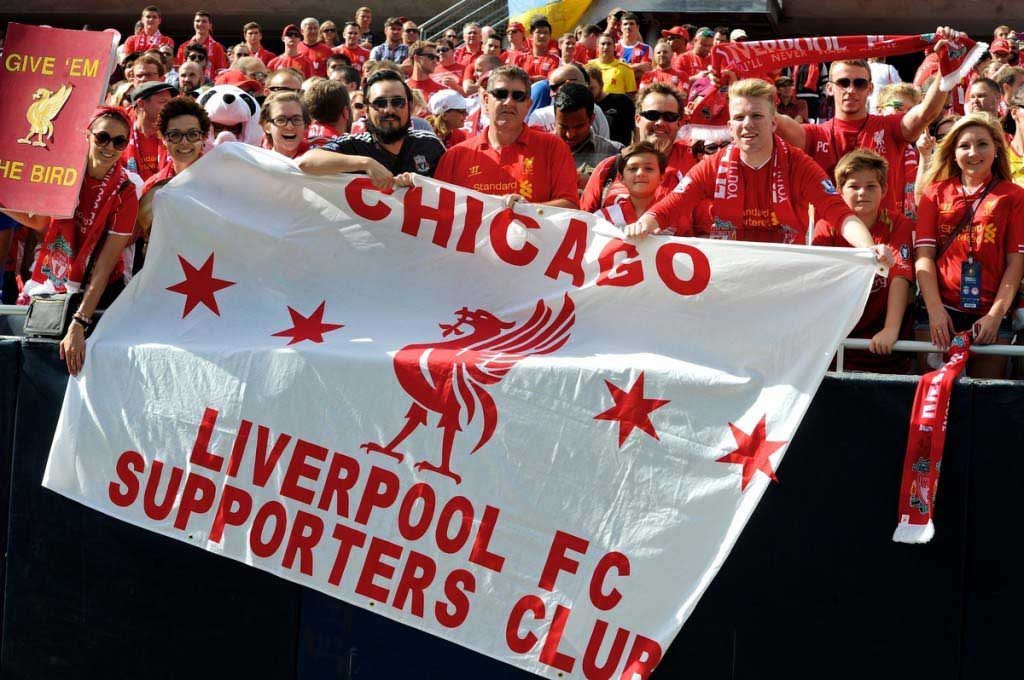
One interesting compromise could be the post-season friendly. Liverpool played a one-off friendly in Dublin at the end of last season, and had originally planned something similar in South Africa 12 months earlier. United and City, among others, have arranged similar post-season games in recent years, while the big two in Spain regularly take advantage of La Liga’s winter ‘break’ to take in lucrative friendlies in the Middle East.
Up until the mid-60s, it was common for the club to organise, often extensive, post-season tours to Europe and North America. Maybe we could see a modern trend towards regular post-season fixtures and tours, especially in years with no international tournaments. That could enable the top clubs to achieve their commercial objectives, while not impinging as much on valuable preparation time.
In the meantime, the commercialisation of pre-season will surely continue apace, and as fans we’ll be left with the dilemma of whether to give into pre-season temptation, or to save ourselves for the real thing.
American tour pics: David Rawcliffe-PropagandaPhoto.Com

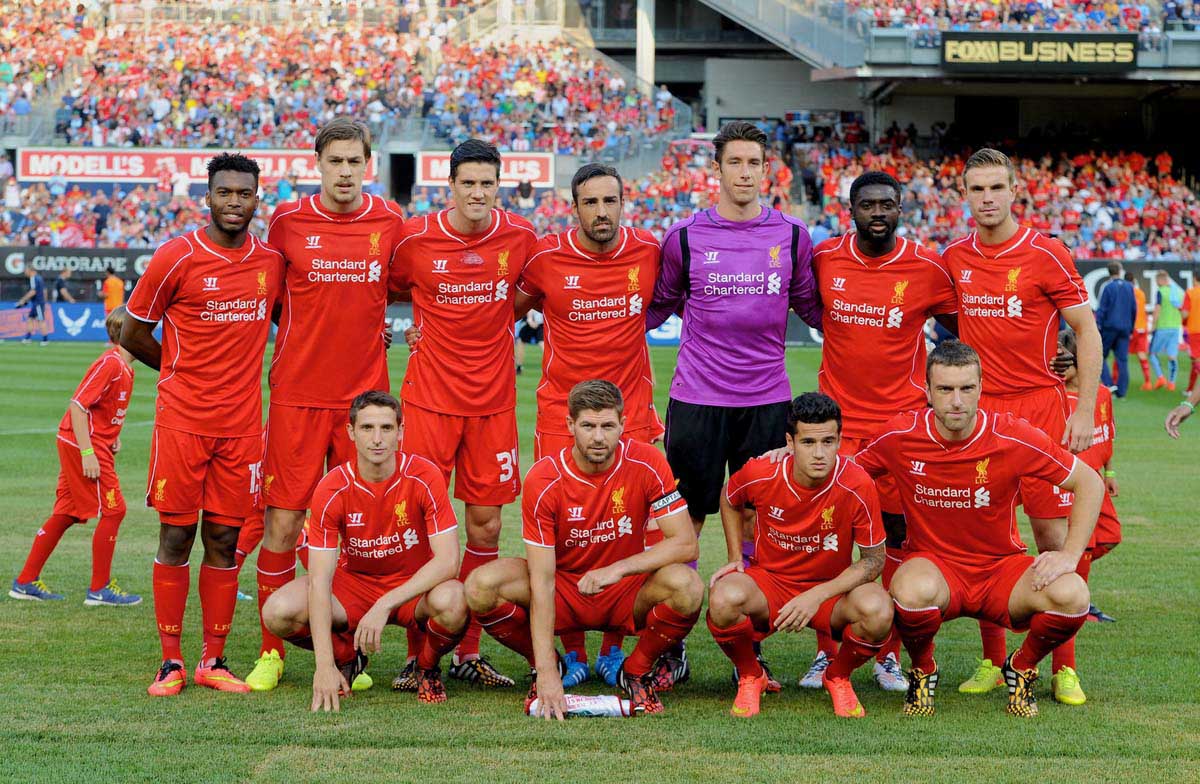










We all know pre season matches tend to be dull affairs, devoid of any real significance.
Twelve months ago, I had the chance to travel 1000km to see The Reds play, in a city I don’t particularly care for, to play a team I despise, in a stadium largely unsuited to The World Game, during one of the most unsavory “wantaway striker” sagas we’ve had in the modern era.
And I wouldn’t have missed it for all the beer in Germany!
Sure, We foreign markets are aware that, compared to the world class fare we stay up ridiculous hours to watch, over the course of the season – the half reheated, soggy (sometimes concealing a tasty morsel or two) football we get served up in these tours isn’t the reason we love the club. But will enthusiasm dampen in these markets/for these tours?
No. It’s Liverpool Football Club! The Rolling Stones haven’t recorded a decent song since 1983, or a great song since 1975 – near half the original members are gone – yet still, they’ve been selling out huge stadiums worldwide for the last 30 years.
And they’re not even Liverpool FC!
With respect, august gentlemen of the Anfield Wrap, the opinion you expressed in this article is informed by a privilege a select few enjoy: the ability to see Anfield up close and personal most weekends in a given year, and the opportunity to see games live far, far more often than those of us who don’t live in the United Kingdom. For you, paying £40-100 for really good seats to see a game that won’t be as exciting as a regular Premier League fixture sounds like a dubious proposal. For any of us living in the continental U.S., paying $50-100 for really good seats to see the 40-45 minutes of good football that the Reds and the neighbors from that other city offered to the crowd at Yankee Stadium is a terrific deal. The alternative for us is a small fortune in travel costs and lodging – and that’s assuming we were lucky to get game tickets to begin with!
And besides, you said it yourself: supporters in the U.S. wake up as early as 2-3 AM (yours truly) to see Liverpool, and many of us drag ourselves to pubs – sometimes on weekdays – as early as 6-7 AM to watch the game. Given this obvious love for the club and this equally obvious demand to see them – and the irrational lengths to which we’ll go to make this happen – I think the better question is how you could think that said bubble would bust? :D
I mean, I doubt this would happen even if (knock on wood) we descended to mediocrity again. Southeast Asia and Australia *exploded* when we toured there… and that was after a season wherein we finished *seventh*. The only way this bubble will burst in general is if tourneys like Guinness’s stop bringing top-name clubs. The only way this bubble will burst for LFC specifically is if (again, knock on wood) FSG decide to become like the previous administration and just completely let down the supporters.
Completely agree that the club should be appreciating and rewarding dedicated fans in other parts of the world. The ‘bubble’ was more in reference to whether said fans would continue to be content with paying to watch what are largely exhibition matches, or whether they would demand more (i.e. a competitive fixture) and whether the top clubs, PL etc. would bow to those demands.
Maybe tournaments such as the Guinness International cup can offer a middle ground with a competitive element. From what I have seen of the games so far (limited due to the late KO’s), there does seem to have been some fairly competitive and quality football. I guess that offers more of a spectacle than a succession of insignificant friendlies against low quality local opposition, as we saw last summer.
Then there is the bigger debate around how these tours impact on prep for the new season.
Yeah, where supporters abroad are concerned, I think tourneys like that which Guinness is hosting would always suffice to bring people out. Plus, I can’t even imagine the complexity of getting competitive fixtures in the U.S. or Asia. The NFL tries that in England all of once or twice a year – and they do so as part of trying to set up a satellite league there, not to build the brand of existing clubs.
In regards to club preparation, I think that’s the most salient question (since I take it as a given that overseas supporters will show up to these events by default). I think it ultimately comes down to how many games are being played, and whether the manager and his staff are still given full discretion to assign rosters with an eye toward getting the squad ready and determining roster order before anything else. My hope is that the International Champions Cup has not hindered that process.